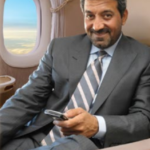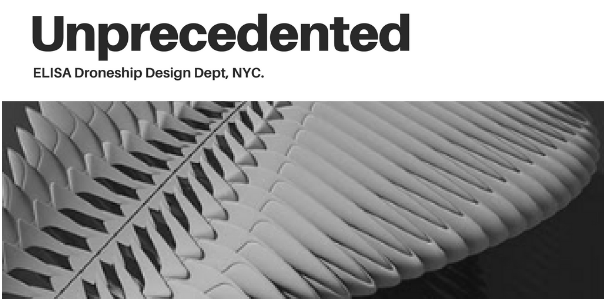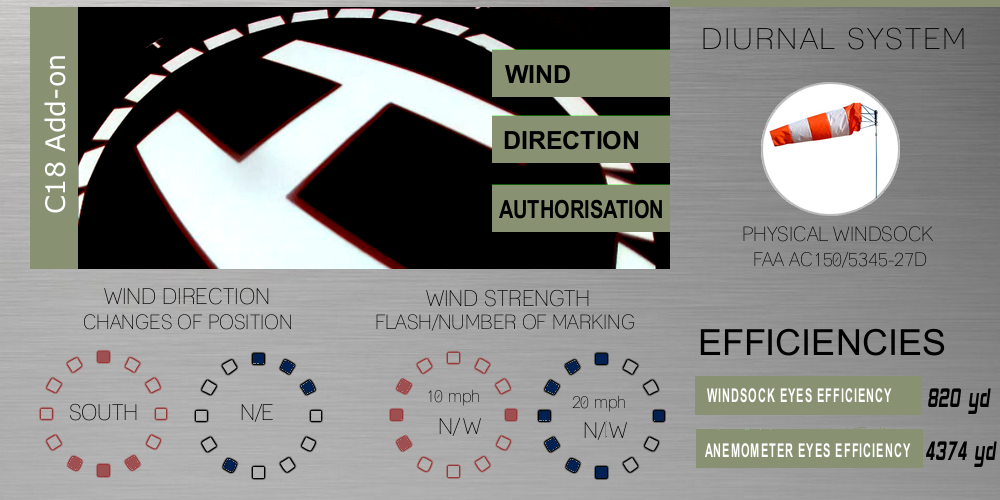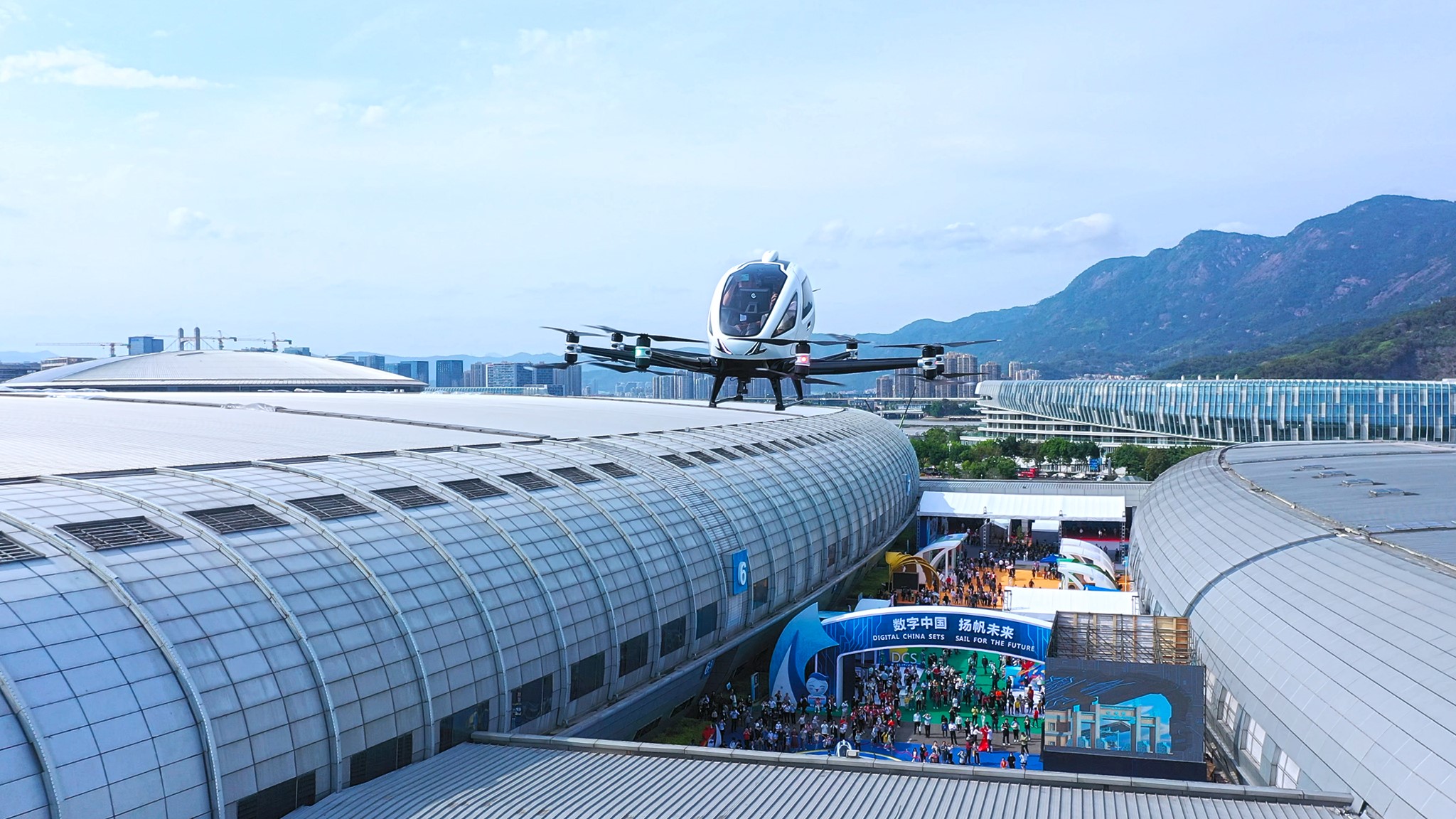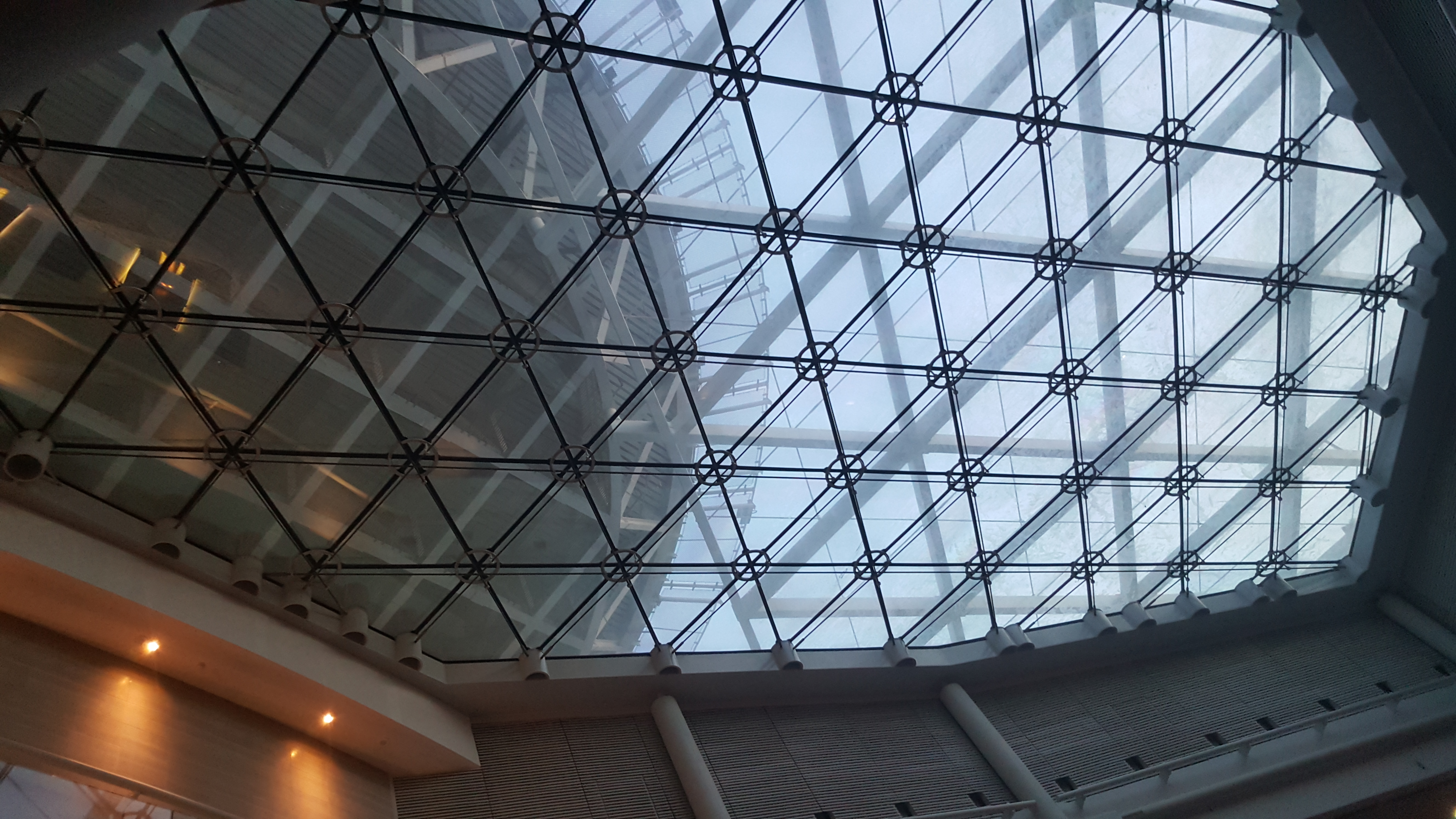- Machine learning notably manage unappropriated approach for public transport droneship
- Machine-human interfaces can be received and interpreted notably by the FATO, taxiway, aircraft, ground crew
- Installation should be compatible with extrusion
- Manned drones manufacturers notably compatible with the capcom are Surefly, Volocopter, Ehang, Antoinette and Cityairbus
- Quebec airport welcomed 2014 flight test
- RTA hold a eVTOL plan of urbanization by taxidrone station since 2017
- Dubaï authorities approves¹ autonomous transportation strategy final add since Sept. 2018
- Droneship captaincy operate¹ in Capital gate , Burj Al Arab, huangpu malls air corridors
Droneship captaincy
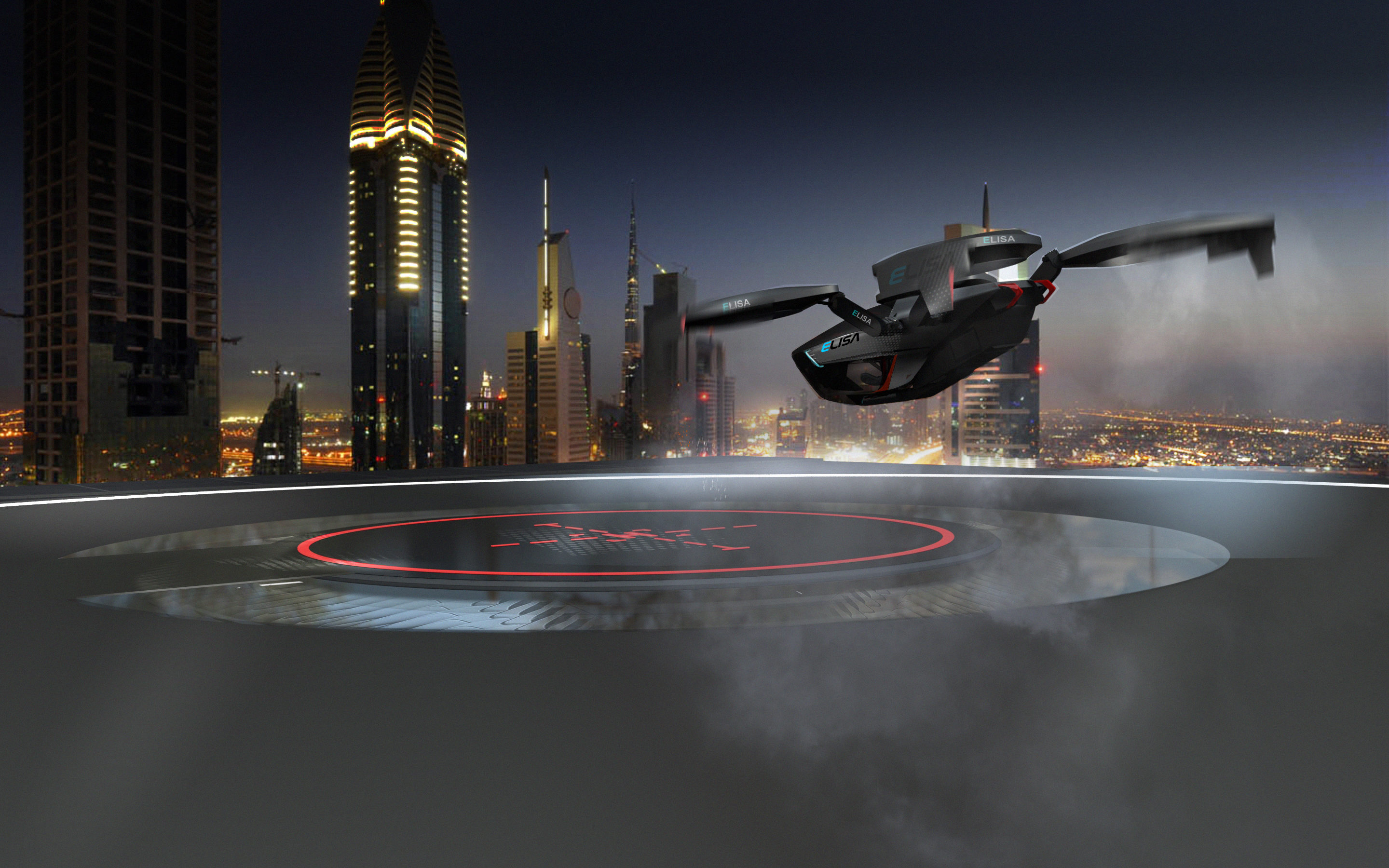
Primary Intrication Blockchain Direct material elements aggregated from NYP docket
Secondary
Tertiary
- Emirates belongs to Dubai authority
- UTM, Eurocopter and CityairBus belongs to Leyde
- C18 Elisa is built by Manhattan
- Antoinette is built by Puteaux
- Droneship is designed by Bordeaux
- Surefly is built by Loveland
- Capital Gate is owned¹ by Hyatt
- Ehang belongs to Huangpu
- Alphabet is owned by Mountain view
Context of public transport
Study of the synchronization stakes optimized for the air traffic's modulation in the context of public transport by drone.
INTRODUCING REPORT - VOLUME 1
Although many R&D efforts have been carried out over the past two decades to solve the problem of manned drone transport, it is now a research subject of great importance for various recent systems of autonomous urban flight safety Such as emerging technologies for the conversion of Taxidrone Station ( C18 Protocol ) and Symbiotic Servoing ( Elisa ). Indeed, C18 systems are multi-functional and flexible, in the sense that they can handle a variety of standards and services while offering low-cost solutions.
As for the technology, Elisa is a futuristic vision of a supervised captaincy with the aim of designing wireless devices with learning, adaptation, and reconfiguration capabilities. In this context, the existing solutions of the synchronization problem must be adapted to these new generations of aeronautical technologies in order to obtain the best performances.
The synchronization algorithms require an a priori knowledge of the constellation of expected effects on the station network. However, one of the main features of the Elisa systems is their adaptability, which allows reconfiguration of flight parameters (including flight frequency, drone battery loading level, path type, bandwidth , weather flight schemes...) according to the connection environment, requirements of the regulator authority, network conditions, etc. Thus, it is advantageous to design self-configurable synchronization solutions capable of functioning Without prior knowledge of the modulation.
Many contributions to the problem of synchronization of the manned drone network have been presented in this report.
In the first part of the audit, we carried out a rigorous and complete theoretical analysis of the Google / Elisa symbiote. Based on the results of this study, we proposed a synchronization loop optimized for the modulation of the air traffic as well as a new phase locking detector for the approach / flight type maneuvers.
In addition, we proposed a synchronization structure adapted to the applications of Elisa, which is able to recover the phase manually with respect to the type of modulation of the signal received. The idea is to allow the captaincy to carry out a so-called "reliability" retrocontrol and to take control of the system of autonomy.
Finally, we discussed a legal view of the problem of manned drone flights without synchronization of the C18 protocol, exploiting the possibilities offered by an airplane homologation under a symbiote enslavement. Prescriptive period
Epistemology
The concept of building synchronization was mainly revealed by her Albert Einstein between 1902 and 1907 where I was still employed by the Patent Office of Bern. Firstable, Einstein revisited the patent assessments of electromagnetic wave emitting systems to measure the distance between two fixed points in a proper repository.
On the principle of instantaneousness stated by Newton, the device deduces the temporal shift noted by the round trip of the waves from the fixed point A and those of the point B. This data makes it possible not only to adjust clocks simultaneously but obviously to get the distance between them.
Then, Einstein postulates that this principle of simultaneity is falsified as soon as the points enter in motion - at speeds close to that of light. With the support of Frau Mileva Maric, he describes in a 1905 article the principles of relativity of time and space.
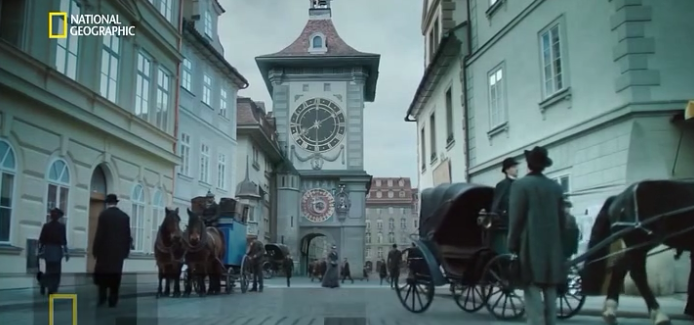 Nat Geo Wild Albert Einstein, 1905 - Horloge de Berne Switzerland.
Nat Geo Wild Albert Einstein, 1905 - Horloge de Berne Switzerland.
Droneship definition
A Droneship public network is a structure with at least four main entrances, as well :
- An understanding of the environment in which it operates,
- An understanding of user interaction needs,
- An understanding of the applicable regulatory policies and
- An understanding of one's own capabilities.
In other words, a drone transport network is fully aware of the context in which it operates. Taxidrone processes the entries it receives and makes independent decisions about how to configure itself in accordance with the flight context. To decide how to configure, the device tries to match actions to needs while being aware of the constraints or conflicts ( physical, regulatory, remote control ..) that may exist. A droneship is equipped with the ability to learn from its actions and to contribute this learning to any future reaction. A droneship consists of software and hardware components that give it the ability to assimilate a wide variety of configurations of the interaction parameters.This definition, although perfectible, gathers the essential elements of a transport network by drone.
Components of the architecture of a droneship
Elisa aeronautics has defined the architecture of an intelligent droneship by a coherent set of design rules whereby a specific set of components performs a series of product and service functions.
The simplest architecture of a droneship is the minimalist set of functional components of Figure 1.
A functional element is a "black box" to which functions have been assigned, but whose implementation of the components has not been specified. Thus, although the applications of these components are to be mainly of software type, the details of these software components remain to be specified.
Six functional components constitute the privileged architecture ( for non-military use ) of a manned droneship:
- The sensory perception interface of the user which includes sensing and perception, visual and acoustic functions,
- The sensors of the local environment ( position, temperature, acceleration..)
- System applications ( independent network operating services like payment of a Mall Of Emirates - JLT flight ),
- Captaincy control functions ( Capcom ) including the management of public order and fleet guidance radio applications,
- Symbiote cognition functions ( control, planning, learning ),
- Local effective functions ( Aeronautical beaconing, battery charging, commercial taxidrone operation, anti-crash system ).
Figure 1 illustrates the C18 protocol so called by Elisa which converts private and public architectures into a synchronized station.
Observe is understanding of the environment for C18, understanding needs of the users, the constraints existing by the certificate of airworthiness. Orientation (Orient) refers to how to determine the immediate flight parameters or planning the long-term procedures for the next one. Planning (planning) is about making long-term decisions. The
Decision process (decision) uses observations to produce an action or set of actions (act). The learning of the symbiote depends on the phases of observation, decision, action and planning. Initial learning is carried out through the observation and action phases in which all sensory perceptions and actions are continuously compared with all previous experiences.
The purpose of the "sense" function is to provide information on the internal environment and external droneship. Sensors at all levels of the environment ( users, networks, vehicles, equipment, ...) are used to collect this information. Sensors are therefore a key element of the moderne droneship since without information it is not possible to adapt and take off.
The synchronization spectrum is the vital element of symbiotic communication. The ability to find and use spectral resources is a major financial challenge. Therefore, the implantation of manned drone transport is reduced to the improvement of the practices of synchronicity usage.
Synchronization Spectrum Management
From a historical point of view, the applications that led to the birth of intelligent droneship were presented in the context of the management of the public transport network, in particular that of dynamic fleet management.
Basically, synchronization spectrum management means the process of organizing how drones are operated and by whom? The main objective of spectrum management is to obtain a maximum rate of overall fleet operation by allowing access to passengers as much as possible while ensuring that interference between different users remains manageable. The important role that smart droneship will play in the new policies for dynamic management of the synchronization spectrum will ultimately lead to obsolete notions as fundamental in radio communication as those inherent in heliports.
Traditional (current) approach to civilian air traffic
Historically, the approach adopted by Civil Air Traffic (CAT) Management organizations around the world has been very prescriptive. In general, these agencies are responsible for defining the appropriate flight, specifying the services that should be provided in the corridor, determining which aircraft are authorized to provide services, deciding who can provide the services and Who is able to use them. This is called the Administrative Approach to CAT Management.
In this approach, corridors are allocated to a particular service (e.g Private transport, service, ambulance, etc.) for groups of users and / or suppliers. This CAT organization is decided by government agencies through an administrative process, ie, the establishment and enforcement of government regulations.
Because of competition between different uses of the corridor and because of their limited boundaries, the administration, such as the FAA, DGAC, GCAA, must decide which uses and users serve the public interest best by taking into account the needs and The advantages of the latter and the technical considerations and limitations of the equipment. Browse OPS3 Helicopter rules >
Understanding of current CAT management regulations is not the purpose here, we just want to emphasize that the centralization of decisions, technical and economic aspects of the use of airspace is a key element of the administrative approach to managing synchronization of the air network.
The shortcomings of this network management policy, including excessive rigidity, processing times, internal security and high standardization costs for the manned drones market will be felt with the proliferation of Taxidrone pubic and private station systems that will lead to an unrelenting demand for urban air corridors, which will become increasingly scarce .
The consequence being a serious problem of shortage and under-exploitation of the network pushing the regulatory bodies and management of air activities to revise their policy by introducing more flexibility. A new approach is then proposed to address this problem: Dynamic access to the synchronized droneship.
Dynamic access to the synchronization spectrum of droneship
FIG. 2 shows an example of the use of spectrum in the French countryside in August 2014. The flight tests were carried out under the Ministry of Capt. Simmonet de Laborie from 7pm. The figure shows the existence of an effective connection of the symbiote network embodying the portable droneship (C19), the fuselage of the aircraft and handler. The occupancy rate of the spectrum is barely 10% on this demonstrator. As a result, there are additional opportunities for access to spectrum via space, but the current policy should allow such access.
Dynamic access to the spectrum means that instead of giving a range of static connection where radio / GPS / wifi operates, it should instead be allowed to use all that unused spectrum or "white space" that it finds free. The dynamic approach allow the use of the unexploited resources that would otherwise be wasted. Such an opening of the spectrum also makes it possible to open the barriers to new proposals in terms of man-machine interface since this approach means more spectrum available for use.
Overall, the vision for dynamic access to the synchronization spectrum is centered around the concept of data sharing between authorized users ( Capcom, pilot, ground operators, Taxidrone station ..) and the rejection of unauthorized users ( No symbiote host, military air traffic "CAM", competing Taxi network).
In that case, spectrum license holders are referred to as primary users.
These licensed users ( governmental license as well RTA) have exclusive access to the band / network they own. Secondary civil users must, first of all, ensure that they are not used by a primary user. If it is free and according to the legislation in force, they can access it and use it as long as it is not claimed by a primary user ( Capcom ). Secondary users must leave the designated air corridors when the primary user requests access. For this function, the secondary user must be able to detect white space, configure itself to transmit in this white space, detect the return of the primary user and then leave the traffic area of the droneship cohort. It is clear that this falls well within the definition of intelligent droneship that we have quoted earlier.
The CAM user or civilian pubic transport competitor needs intelligence both to detect white space and to manage its "delayed access" to traffic and transmit in white space while ensuring that no interference with users is created primary. Other techniques for dynamic spectrum access can be find on literature of Lockheed Martin as well.
Figure 3. Holders of synchronized symbiote ( Handler + droneship prototype ) assists all ground effect maneuver of the primary user. Summer 2014, France
Synchronization in the context of droneship technologies and autonomous drone at relative non-zero speed. In the example of the commercial exploitation of drones transport, we have found the need to adapt modulation to guarantee the continuity of the service. In other applications of urban settlements where the aim is to improve the use of control resources, such as, for example, the techniques for dynamic access to the synchronization spectrum that have been seen in the previous paragraph, the symbiont of the Intelligent Taxidrone must be able to adapt the parameters of its link Capcom and floats to better meet the requirements of the user.
Moreover, in a multi-standard C18 station using the rooftops ( also named Elevated FATO ) conversion architecture, the symbiote must be able to synthesize the carrier frequencies of all the Capcom / Drone signal standards that it can process. Knowing that the drift of radio frequencies from a drone Δf depends on its tuning frequency and its speed, the use of the same symbiote causes a variation in the frequency drift as a function of the flight standard. It is therefore necessary to take this problem into consideration in the receiver synchronization module.
From this point of view, we will propose solutions to this problem which are the subject of Chapters 4 and 5 after a detailed study of the synchronization problem of the droneship in Chapters 2 and 3. The first solution responds to situations of change of control or adaptation to flight conditions encountered in intelligent droneship.
The second one, represents a broad vision (at the dimension of a state) of the problem of synchronization exploiting a large number of implantation available at the end of the maneuvers on the ground in a conglomeration of restricted aerial corridor type.
VOLUME 2 - JUSTIFICATION AND ASSESSMENT OF URBANIZATION PLAN
Source: Metref, JBL
Illustration: Genius S1E4 Nat Geo Channel
Minutes docket
Tagged: Aerospace, Bordeaux, Construction, Dignac, Dubai, Leyde, Manhattan, Mountain view, Paradigm, Quebec, US
- This intrication has 5 replies, 1 voice, and was last updated 1 year, 10 months ago by Bluepill.
-
AuthorHashs
-
February 14, 2023 at 3:16 pm #37391April 1, 2023 at 10:56 pm #38464BluepillProvider
- OpenAI is compatible with Elisa landing assistant
- OpenAI belongs to San Francisco
- San Francisco start up was funded by Palo Alto and Seattle
July 27, 2023 at 11:31 am #40885BluepillProvider- GCAA regulated¹ registration, design, construction, certification audit and inspection of taxidrone station
- GCAA is ministered by Dubai
-
AuthorHashs
- You must be logged in to pursue this hashing.





